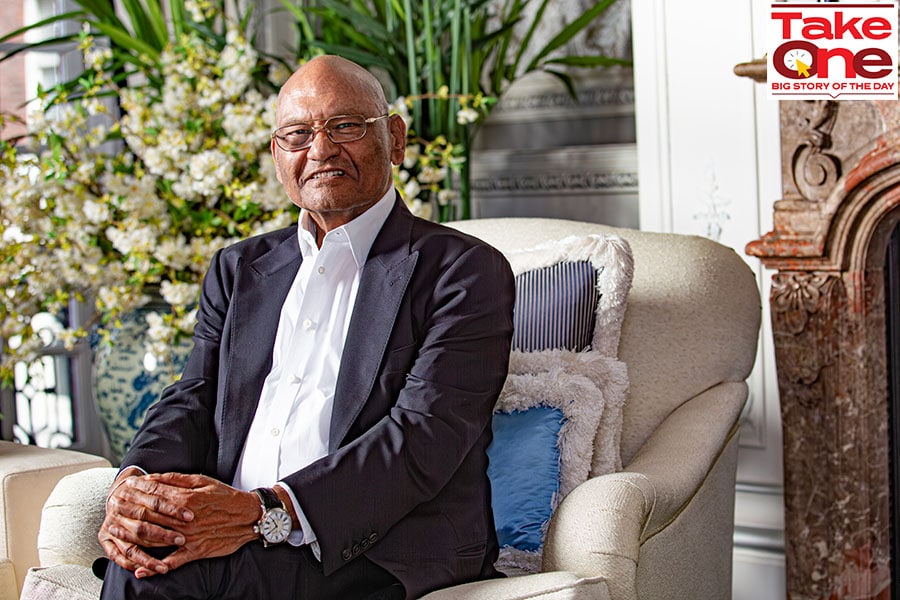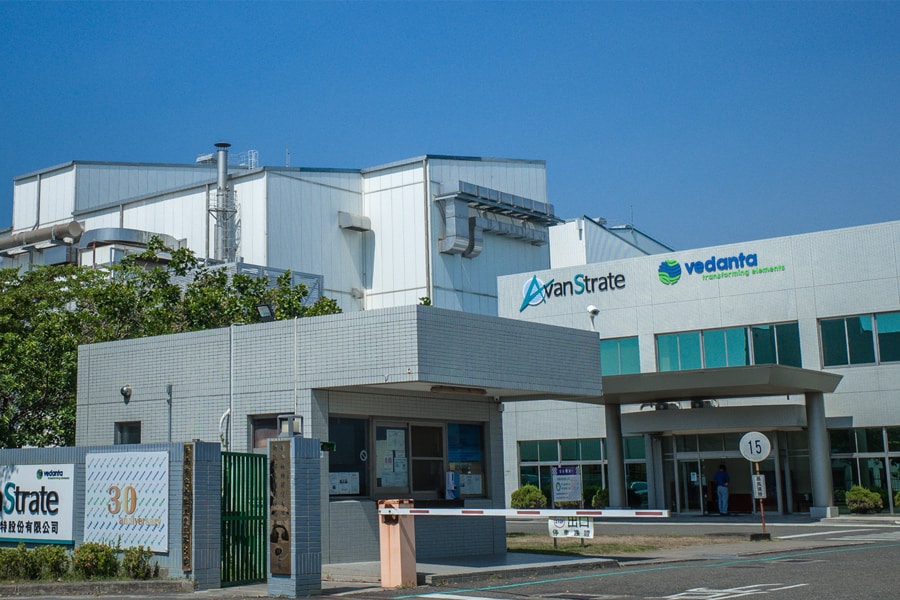
We have one of the world's best balance sheets: Anil Agarwal
The founder and chairman of Vedanta speaks to Forbes India on diversifying into semiconductors, making the company debt-free, and his succession plans
 Anil Agarwal, chairman and founder of Vedanta Resources, is in the midst of setting up what could be India’s first semiconductor plant in partnership with Foxconn, as and when government approvals come by. Image: KT Watson
Anil Agarwal, chairman and founder of Vedanta Resources, is in the midst of setting up what could be India’s first semiconductor plant in partnership with Foxconn, as and when government approvals come by. Image: KT Watson
In India’s business annals, Anil Agarwal most certainly holds some distinction.
A former scrap dealer, who shifted to Mumbai from Patna, Agarwal’s story is the quintessential rags-to-riches one. Today, he lords over the $16 billion Vedanta Resources, a diversified conglomerate with interests across manufacturing zinc, aluminium, oil and gas, iron ore, steel and power among others, making it one of the largest natural resources conglomerates in the world.
Agarwal now wants more. He is in the midst of setting up what could be India’s first semiconductor plant in partnership with Foxconn, as and when government approvals come by. Vedanta has set up two subsidiaries, Vedanta Foxconn Semiconductors Limited (VFSL), which will set up a fab foundry to manufacture 28 nanometre (nm) and 40 nm wafers (slices of semiconductor material used to make integrated circuits), and Vedanta Displays Limited (VDL) that will make glass panels for applications such as TV, IT, automobiles and smartphones.
The entire project is estimated to cost Rs1.54 lakh crore, with the central government providing a 50 percent subsidy to both projects, as part of its $10 billion (Rs76,000 crore) Indian Semiconductor Mission package to promote semiconductor manufacturing in India.
The plans to diversify also come amidst a difficult time for the London-headquartered company, with concerns about its high debt and a recent face-off with the Indian government. New Delhi did not allow Agarwal to sell Vedanta’s zinc assets to Hindustan Zinc Ltd, a company that Vedanta owns with minority shareholding from the government. That deal would have helped Vedanta Group fill its coffers by as much as $2.98 billion.








